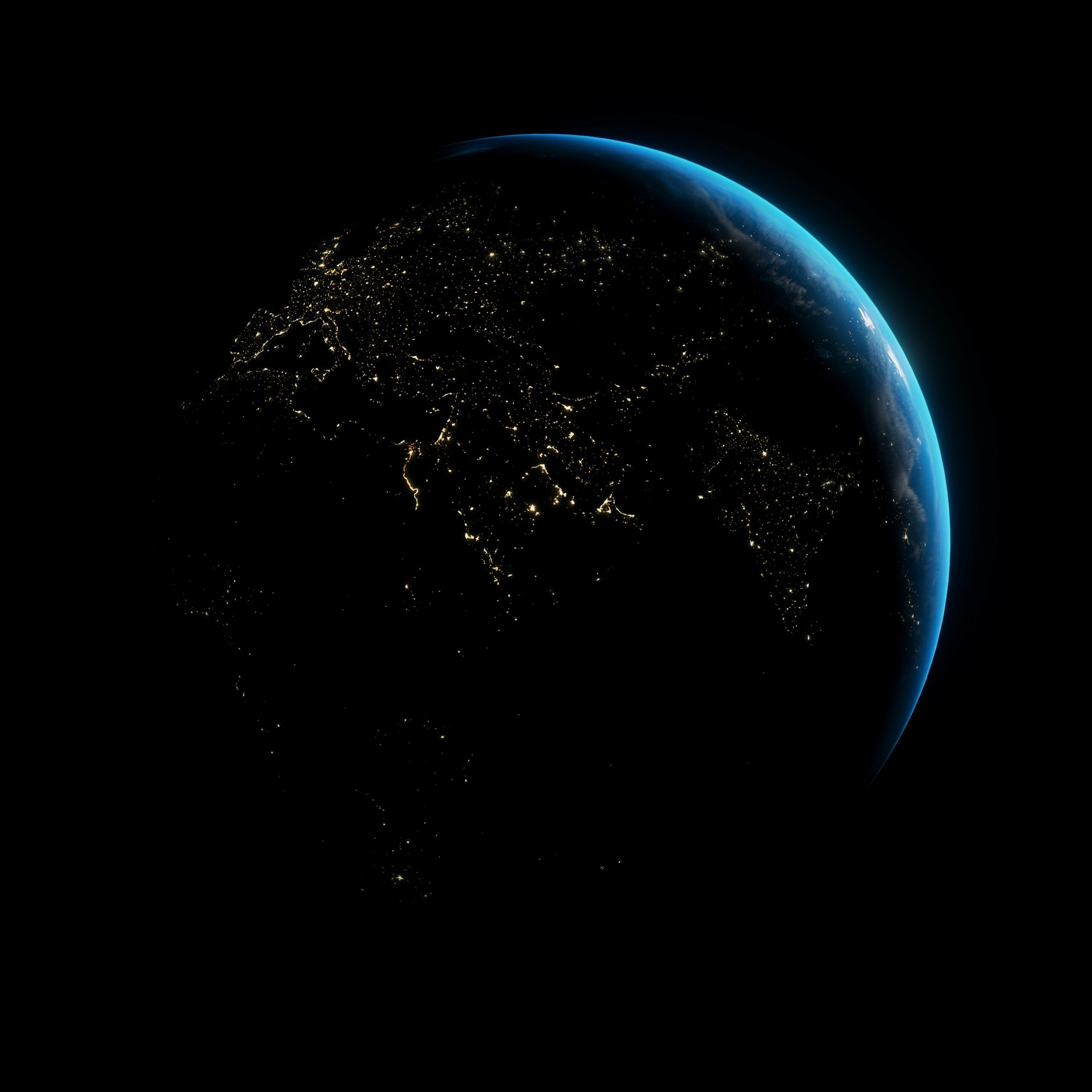How much does the Earth weigh? The Earth is a very beautiful planet where humans live. There is no possibility of life on any planet other than Earth. Many people have a question: how much is the weight of our earth? Everyone on Google asks this question again and again: How much is the weight of Google Earth?
Today we will know about this. Apart from the weight of the earth, we will also know about some important things related to the earth. One thing everyone knows, the weight of the earth cannot be measured with any scales. Let us know, some important information related to the earth and how much is the weight of the earth, all the important information related to it.
How much does the earth weigh?
The weight of the earth is 5.972 × 10^24 Kg, which we understand in simple language, is 5,974,000,000,000,000,000,000,000 kg. The weight of the earth cannot be measured with any scales. That’s why scientists find out the weight of the Earth using mathematics and the laws of gravity. If we talk, how many tons is the weight of the earth, then let us tell you, that the weight of the earth is 5,972,000,000,000,000,000,000 tonnes.
Information About Earth
Earth is the only planet where life is possible. Apart from this, there is no such planet in the whole universe, where a human being can live his life. Water covers 71% of the Earth, and 29% is covered by land. Earth’s surface is made up of many plates, water on earth is found in three states. A thick layer of ice is frozen at both the poles of the earth.
According to radiometric dating and some other research, it is believed that the origin of the Earth was about 4.54 billion years ago. At the time when the Earth was not born, at that time many billions of years ago, organisms evolved in the oceans. Gradually, organisms began to affect the Earth’s atmosphere, and later anaerobic and aerobic organisms began to spread.
According to some Geological Evidence Indicates, it is believed that life on Earth must have started 4.1 billion years ago. Biodiversity also developed immensely during the time when life developed on Earth. Thousands of species disappeared during this period and thousands of new species were born. The Earth’s distance from the Sun and the right climate and temperature to live in increased the diversity of life on Earth.
If we talk about the Earth’s atmosphere, then it is also made up of many layers like the Earth’s surface. Nitrogen and oxygen are found in the highest amount in the Earth’s atmosphere. Apart from this, an ozone gas layer is also present in the earth’s atmosphere, which blocks harmful ultraviolet rays coming from the sun.
The atmosphere is dense, due to which some amount of sunlight gets converted. Due to this the temperature of the Sun is controlled. If a meteorite enters the Earth’s atmosphere from the universe, it burns up by the friction of the air or breaks into small pieces.
The top surface of the earth is very hard, which is made of stones and clay. Its upper landmass is divided into tectonic plates, which were displaced from one place to another during history. Plateaus, continents, islands, rivers, oceans, and many types of natural formations exist on its surface.
The internal structure of the Earth is made up of three layers, which are the crust, mantle and core. Earth’s outer core layer is in the liquid state, and one layer is in the solid state, in which iron and nickel interact with the inner core to produce a magnetic field. Earth’s magnetic field prevents various types of charged particles from entering.
The distance from the Earth to the Sun is about 50 million kilometers. Earth is the third planet from the Sun on the basis of distance. Which is the largest rocky body in the solar system. It takes 365 days for the Earth to revolve around the Sun. Different types of seasons on Earth change because it is tilted 23.5 degrees to its perpendicular.
Earth completes one revolution on its axis in 24 hours. Due to which there is day and night. The Moon is the only satellite of the Earth, which is present near the Earth, due to which the tides are generated here.
How the earth got its name
Prithvi is a Sanskrit language word, also called Prithvi, which means “a vast land”. Also according to mythology, it is believed that the earth was named Prithvi after Maharaja Prithu. Apart from this, the earth is also known by the names of Dhara, Rasa, Mahi, Medini, Vasundhara, Vikeshi, Avani, Dharti, Dharani, etc.
Note – This article was about How much is the weight of the earth?. In which you have been told about the weight of the earth and many other important information related to the earth. If you have any question related to this article, then you can tell us by commenting. If you liked this article, then please do share this article with your friends, thank you.



